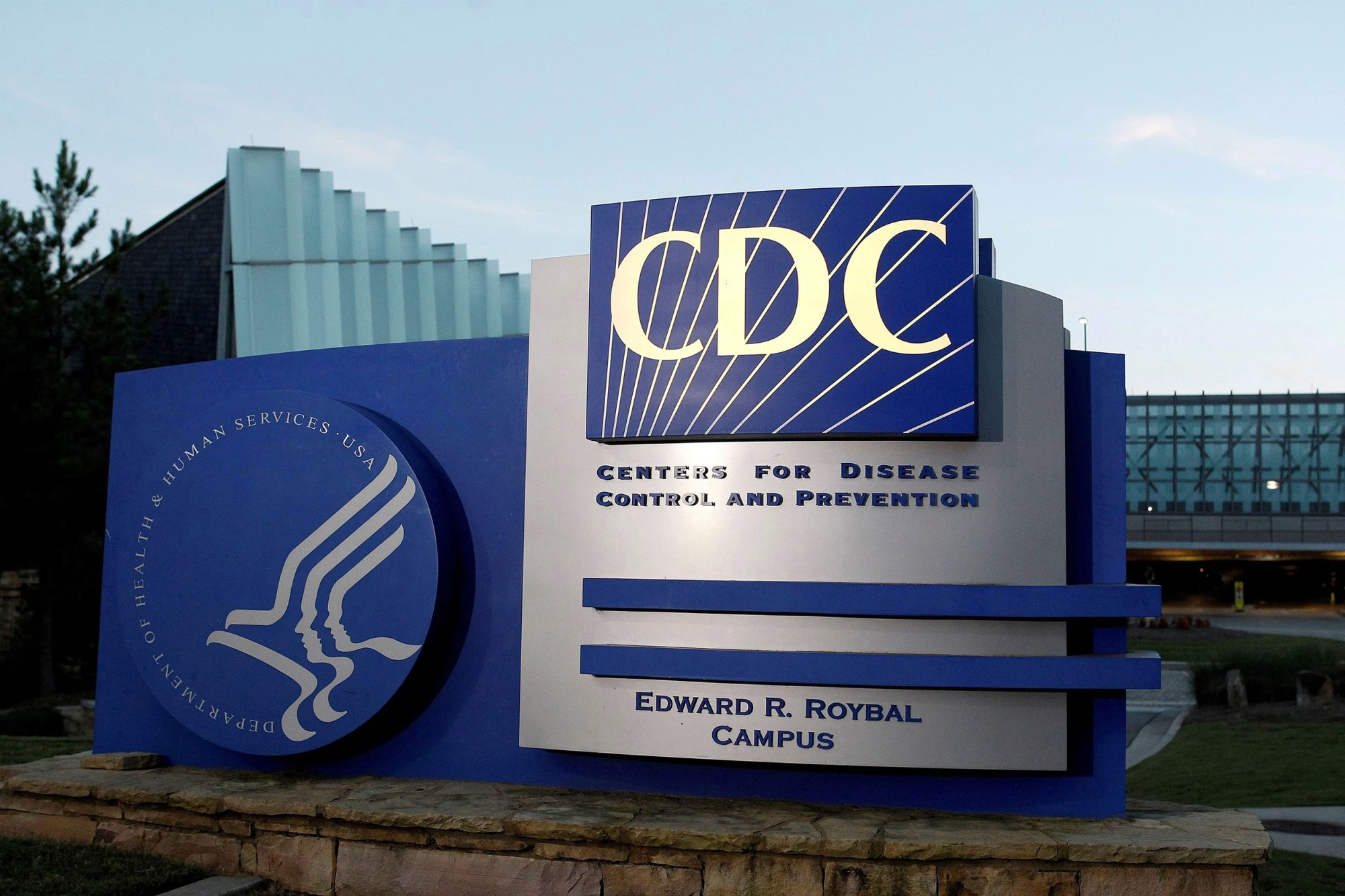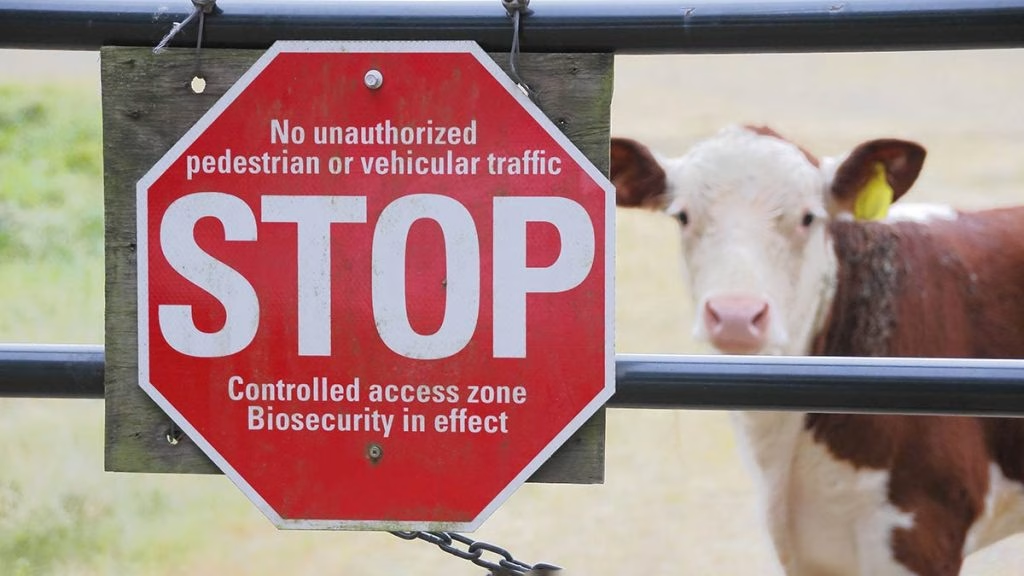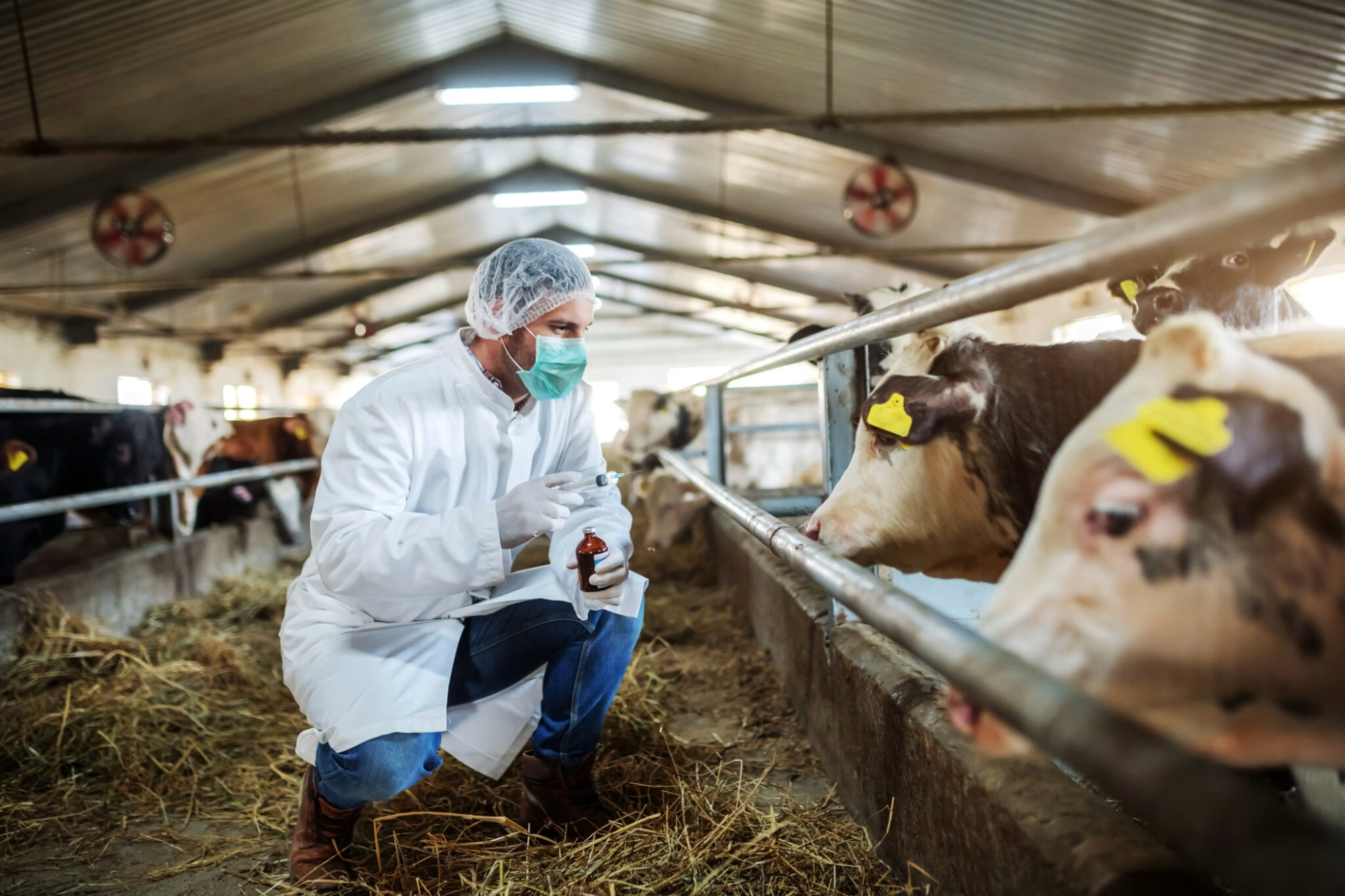Don’t risk your safety this silage season! Are you aware of the six main hazards? Find out how to protect your farm now.
Summary: Think silage safety doesn’t matter? Think again. Handling silage isn’t just about ensuring high-quality feed for your herd. It’s also about ensuring everyone on the farm gets home safely at the end of the day. From reducing fatigue and managing machinery hazards to navigating the risks of silage avalanches and dangerous silo gases, practicing silage safety can mean the difference between a smooth operation and a potential disaster. The cost of safety measures is nothing compared to the price of ignoring them—your very livelihood could be at stake. According to the USDA, approximately 130 million tons of corn silage were produced in the U.S. in the past year—a staggering figure that underscores the importance of handling silage with care and vigilance. This article will explore critical safety practices, the significant hazards associated with silage, and practical tips to ensure your operation runs smoothly while keeping everyone safe. Silage safety is crucial in dairy farming, as it is the primary feed for cows. The handling, cutting, packaging, and storage of silage require heavy gear and challenging conditions. Without proper safety precautions, risks to life and limb increase. Farmers should prioritize silage safety by breaking autopilot, ensuring adequate sleep, regular breaks, and consuming nutritious meals. Preventing heart-stopping moments can be achieved by maintaining machine guards, using Personal Protective Equipment (PPE), and shutting down before servicing machines. Working at heights is a significant concern, so care should be taken when handling silage. Avalanches and silage collapses are unexpected and dangerous events that can cause serious injuries or death. Farmers should evaluate buildings before filling silos, address fractures or degradation indicators, use safe filling procedures, and maintain a safe distance during feedout. In conclusion, silage safety is more than a choice; it could be the difference between life and death on the farm.
- Handling silage safely is essential for high-quality feed and farm worker safety.
- The USDA reports 130 million tons of corn silage produced in the U.S. yearly, highlighting the need for safe practices.
- Six primary hazards include complacency, machinery entanglement, roll-over, falls, avalanches, and silo gases.
- Regular safety training and fatigue management can significantly reduce risks.
- Maintaining machine guards, using PPE, and shutting down equipment before servicing are critical safety measures.
- Falls from heights can be prevented with proper techniques and equipment.
- Avalanches and collapses necessitate structural evaluation and safe distances during operations.
- Silo gases are hazardous; appropriate safety methods, including gas monitoring, should be followed.
- The cost of safety practices is minimal compared to the potential risks.

Imagine waking up to learn about an accident on your farm—terrifying, right? Silage safety isn’t often at the forefront of mind in the hustle and bustle of everyday farm operations. Still, it is critical since lives rely on it. Are you sure you’ve done everything to keep your staff safe near silage? This essay delves into the often-overlooked but critical behaviors that may save lives, from avoiding equipment entanglements and rollovers to recognizing the dangers of complacency and exhaustion. We’ll break down the significant risks of silage and provide practical solutions you can put into action right now. There is a saying: “It costs nothing to implement safety practices, but it may cost us everything if we don’t.” We’ll go over the six significant hazards: complacency, equipment entanglements, rollovers, falls, silage avalanches, and silo gasses, providing you with practical ideas to keep your farm productive and safe.
Why is Silage Safety So Important?
Why is silage safety so important? According to the USDA, about 130 million tons of corn silage were produced in the United States the previous year. Hence, its importance in dairy farming is obvious. Corn silage is the primary feed in dairy cow diets, making it an essential business component.
Given the vast amounts, the handling, cutting, packaging, and storing operations are lengthy and complicated, requiring heavy gear and difficult circumstances. Safety must be a top priority, not a secondary issue. Every stage of the silage handling process carries the risk of equipment entanglement and harmful silo gasses.
Without proper safety precautions, the hazards to life and limb increase. We owe it to our agricultural workers to ensure they can go home safely at the end of the day. Implementing safety standards may cost little to nothing but might save lives, making it a worthwhile investment. The consequences of not prioritizing silage safety can be severe, potentially leading to [specific accidents or injuries]. Prioritizing silage safety is about more than simply compliance; it’s about preserving the dairy industry’s backbone: its people.
Breaking the Autopilot: Staying Vigilant in Routine Farm Tasks
Farm duties may quickly become second nature, integrating into the everyday routine. However, familiarity may often lead to complacency. For instance, when workers are used to a particular machine’s operation, they may overlook safety checks, or when they are fatigued, they may ignore crucial safety precautions. This is why being watchful is essential.
Practical Tips for Reducing Fatigue:
- Make sure your team gets adequate sleep. A well-rested employee is a safer one.
- Encourage regular 15- to 20-minute breaks. Short breaks help to refresh your energy and concentrate.
- Nutrition is essential. Ensure employees eat nutritious meals to maintain their energy levels throughout the day.
Moments That Make You Wish You Hadn’t Skipped Safety Steps
Preventing Heart-Stopping Moments: The Power of Safety Precautions
So, how can we prevent such heart-stopping moments?
- Maintain Machine Guards: Always maintain machine guards and shields in place. These are more than simply accessories; they serve as your first line of protection against spinning shafts, chain and v-belt drives, gears, and pulleys.
- Use Personal Protective Equipment (PPE): Provide your employees with the correct PPE. This includes seatbelts for equipment, high-visibility apparel, and, most significantly, backup warning sirens for trucks and tractors. This keeps everyone visible and aware of their surroundings.
- Shut Down Before Servicing: Never, and I mean never, try to alter, fix, or unclog a machine while it is operating. Please turn off the engine permanently, wait for all moving components to halt, and keep the key in your pocket to prevent anybody else from unintentionally starting it.
These steps seem like extra effort, but consider the alternative. Can you afford not to take these precautions?
The High-Stakes Reality of Silage Work: Preventing Falls Is Non-Negotiable
When handling silage, the possibility of falling from heights is a significant worry. Imagine standing on the brink of a high bunker, removing plastic or tires—a single slip may result in a deadly fall. To reduce these dangers, use care while working at heights. Consider using equipment that works at ground level to remove damaged silage from bunkers and piles. When climbing or descending a ladder, always maintain three points of contact. That is two hands and one foot, or one hand and two feet. This simple approach may significantly lower your fall risk and keep you safe when working up high.
Avalanches and Collapses: The Silent Threats Lurking in Silage Work
Avalanches and silage collapses are unexpected and scary when they happen. These abrupt motions may envelop personnel and machines in a matter of seconds, resulting in serious injuries or even death. So, how can we prevent these possible disasters? First and foremost, evaluate your buildings before filling silos. Look for fractures or indicators of degradation that might jeopardize the silo’s integrity. Addressing these concerns right now is critical to maintaining a secure storage environment.
When filling bunkers or creating drive-over piles, use safe filling procedures. Do not fill the silos higher than your unloading equipment can adequately handle. This reduces the chances of the silage face becoming unstable. Keep a safe distance during feedout. A solid rule of thumb is to park your equipment three times as far away from the face’s height. For example, if the face is 10 feet high, park at least 30 feet away. This buffer zone protects personnel and machines in the event of a collapse.
Avoid undercutting the silage face to keep the structure stable. Instead, defacers and bucket loaders may safely handle silage from a distance. Maintain vigilance and pay great attention to your surroundings. The notion that “it won’t happen to me” might be very deceptive. By following these procedures, you’ll be one step closer to ensuring a safe silage season for everyone involved.
Let’s Talk About Something You Can’t Always See but Can Be Deadly if Overlooked—Silo Gases
Let’s speak about something you don’t often notice but may be fatal if ignored: silo gasses. Have you ever wondered why these gasses are so hazardous? Carbon dioxide (CO2) and nitrogen dioxide (NO2) are the most significant pollutants. CO2 is an unseen, odorless gas that may displace oxygen in tight places, causing asphyxiation without warning indications. NO2 is distinguished by its robust, bleach-like odor and black, low-lying vapors. Even short-term exposure to high NO2 concentrations may be lethal, leaving little time for the sufferer to flee.
So, how can you safeguard yourself and your team from these silent killers? Here are some essential guidelines:
- Wait it Out: Avoid entering the silo for at least three weeks after it has been filled. During this waiting time, the gasses disperse spontaneously.
- Use Gas Monitoring Equipment: Before entering, ensure you have reliable gas monitoring instruments to identify the presence of dangerous gases.
- Communication is Key: Never work alone. Always utilize a radio or another form of communication to notify people that you need help.
- Ventilation before Entry: Before entering a vertical silo, operate the blower for 20 to 45 minutes to remove any remaining gasses.
- SCUBA Gear: If you have the necessary skills, consider employing a self-contained breathing device to maintain a safe breathing environment.
- Immediate Action if Exposed: If you feel throat discomfort or coughing while within the silo, leave immediately for fresh air. Seek medical assistance immediately since exposure may cause significant health problems.
Following these steps protects your well-being and the safety of everyone on the farm. Maintain vigilance and make safety your first concern.
The Bottom Line
Silage safety is more than a choice; it might be the difference between life and death on the farm. From controlling complacency and weariness to ensuring equipment is safe and functioning, every measure done to improve safety saves lives. The risks of falls, equipment rollovers, silage avalanches, and toxic silo gasses are real and constant, necessitating awareness and adherence to established safety standards. To protect your team from injury, ensure they know the hazards, remain attentive, and utilize the correct equipment and skills. Your priority should be ensuring everyone working with silage gets home safely. Take the time to examine and apply these agricultural safety measures. Nothing is more essential than the safety and productivity of your team, so here’s to a successful silage season.
















